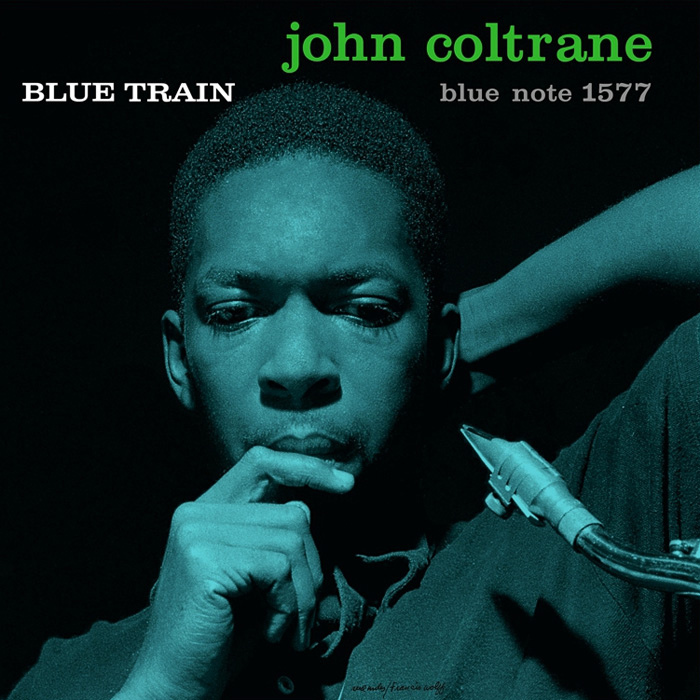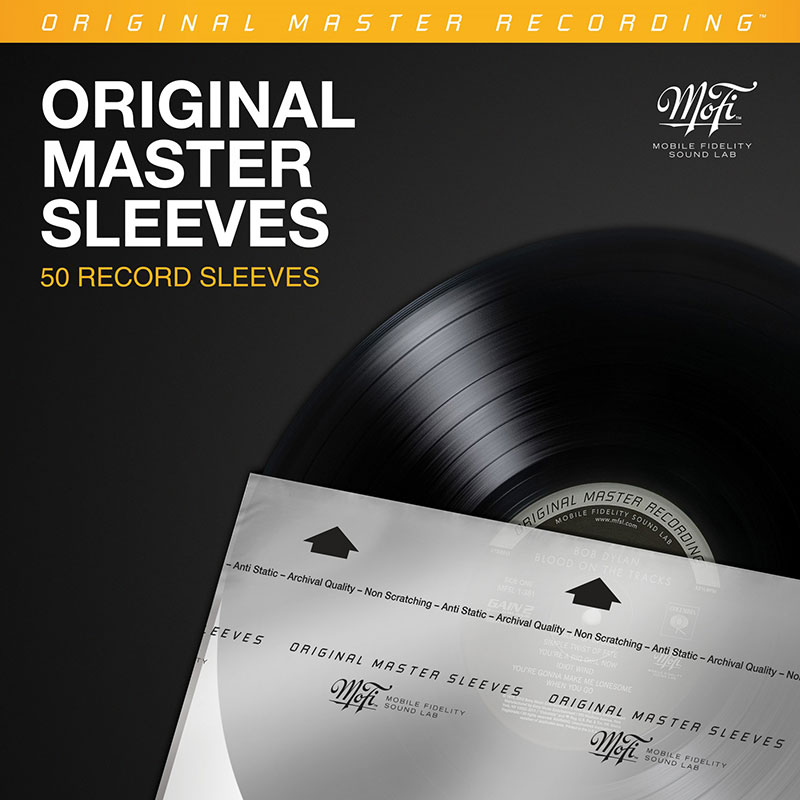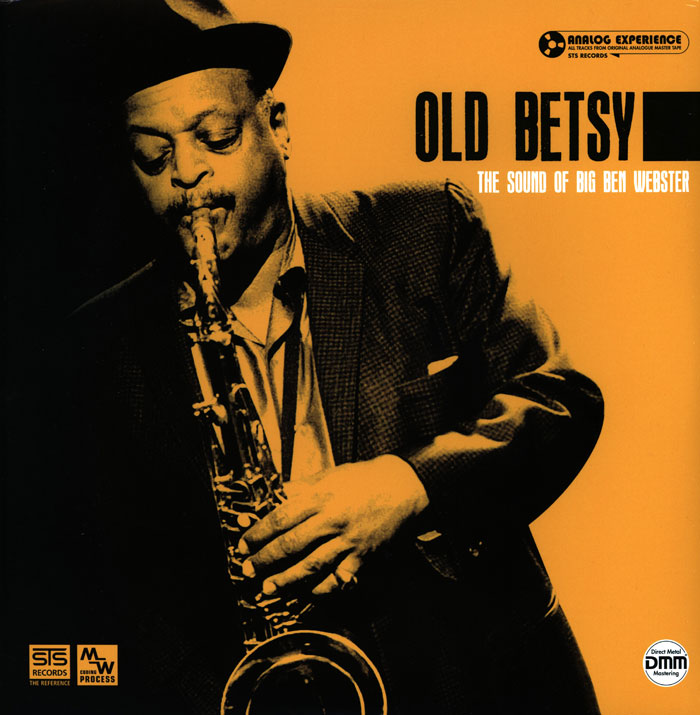Logowanie
Mikołaj - ten to ma gest!
Miles Davis, Horace Silver, Jay Jay Johnson, Percy Heath, Kenny Clarke, Lucky Thompson
Walkin'
20bit K2Super Coding - ale jak to brzmi!
Kasety magnetofonowe
Winylowy niezbędnik
ClearAudio
Double Matrix Professional - Sonic
najbardziej inteligentna i skuteczna pralka do płyt winylowych wszelkiego typu - całkowicie automatyczna
John Coltrane, Kenny Drew, Paul Chambers, Lee Morgan
Blue Train - Blue Note 1577
Historia wytwórni płytowej Blue Note rozpoczęła się paradoksalnie w Niemczech, gdzie zabroniono „zdegenerowanej muzyki” zwanej jazzem. Alfred Lion, wielki berliński fan jazzu, wyemigrował w 1938 roku do Ameryki i tam oczarowały go koncerty boogie-woogie w Carnegie Hall. W styczniu 1939 roku dokonał pierwszego nagrania dla nowej wytworni Blue Note, która stała się rychło lokomotywą wielkich pionierów jazzu: saksofonisty Sydney’a Becheta, stylu be-bop (pierwsze nagrania pianisty Theleniusa Monka), Bud Powella, Clifforda Bowna, Milesa Davisa, czy Sonny Rollinsa. W latach 1955-1970 Blue Note lansowała wszystkie style i wielkie sławy jazzu nowoczesnego: – hard-bop i funky-jazz: Jazz Messengers, Art Blakey, Herbie Hancock, Wayne Shorter, Milt Jackson, Freddie Hubbard; – free jazz: Omette Coleman; – jazz-rock: Tony Willliams. W połowie lat osiemdziesiątych Blue Note wyspecjalizowała się w promocji nowych gwiazd jazzu wśród których widnieją nazwiska takich muzyków jak Johna Scofielda, Michela Petruccianiego, Wyntona Marsalisa oraz wokalistów Bobby McFerrina, Al Greena, Dianne Reeves, Cassandry Wilson i ostatnio nowej supergwiazdy Nory Jones! (...) Dariusz DŁUGOSZ https://www.recogito.pologne.net/recogito_28/obserwatorium3_1.htm ------------------------------------------------------------------------ With 1957's BLUE TRAIN, John Coltrane not only firmly established his own voice on the tenor saxophone, but also proved his abilities as a bandleader and composer. The musicians on BLUE TRAIN, hand-picked by Coltrane himself, play superbly, not only as individuals, but also as a cohesive unit--a rare occurence in an era where "all-star" ensembles would come together for one session, then disband just as quickly. Nineteen-year-old trumpeter Lee Morgan spins bop lines in a warm tone, belying his age with his extraordinary playing, while drummer Philly Joe Jones and bassist Paul Chambers keep BLUE TRAIN running with impressive agility. Two of Coltrane's compositions here, "Moment's Notice" and "Lazy Bird," contain the seeds of harmonic exploration to be found in his later work. At this stage of his career, Trane was still occupied with blowing over increasingly challenging chord changes. His unique tone could be warm and sweet or sharp and insistent, but is always amazingly expressive. Throughout this revered album, Coltrane packs more emotion into one phrase than most arists are capable of in a whole tune.



































